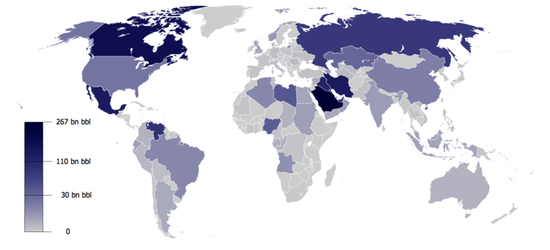
Investment in fuel supply remains largely dominated by fossil fuels
London, June 10, 2024 , (Oilandgaspress) –Overall upstream oil and gas investment in 2024 is set to return to 2017 levels, but companies in the Middle East and Asia now account for a much larger share of the total
Upstream oil and gas investment is expected to increase by 7% in 2024 to reach USD 570 billion, following a 9% rise in 2023. This is being led by Middle East and Asian NOCs, which have increased their investments in oil and gas by over 50% since 2017, and which account for almost the entire rise in spending for 2023-2024.
Lower cost inflation means that the headline rise in spending results in an even larger rise in activity, by approximately 25% compared with 2022. Existing fields account for around 40% total oil and gas upstream investment, while another 33% goes to new fields and exploration. The remainder goes to tight oil and shale gas.
Most of the huge influx of cashflows to the oil and gas industry in 2022-2023 was either returned to shareholders, used to buy back shares or to pay down debt; these uses exceeded capital expenditure again in 2023. A surge in profits has also spurred a wave of mergers and acquisitions (M&A), especially among US shale companies, which represented 75% of M&A activity in 2023. Clean energy spending by oil and gas companies grew to around USD 30 billion in 2023 (of which just USD 1.5 billion was by NOCs), but this represents less than 4% of global capital investment on clean energy.
A significant wave of new investment is expected in LNG in the coming years as new liquefaction plants are built, primarily in the United States and Qatar. The concentration of projects looking to start operation in the second half of this decade could increase competition and raise costs for the limited number of specialised contractors in this area. For the moment, the prospect of ample gas supplies has not triggered a major reaction further down the value chain. The amount of new gas-fired power capacity being approved and coming online remains stable at around 50-60 GW per year.
Investment in coal has been rising steadily in recent years, and more than 50 GW of unabated coal-fired power generation was approved in 2023, the most since 2015, and almost all of this was in China.
Investment in low-emissions fuels is only 1.4% of the amount spent on fossil fuels (compared to about 0.5% a decade ago). There are some fast-growing areas. Investments in hydrogen electrolysers have risen to around USD 3 billion per year, although they remain constrained by uncertainty about demand and a lack of reliable offtakers. Investments in sustainable aviation fuels have reached USD 1 billion, while USD 800 million is going to direct air capture projects (a 140% increase from 2023). Some 20 commercial-scale carbon capture utilisation and storage (CCUS) projects in seven countries reached final investment decision (FID) in 2023; according to company announcements, another 110 capture facilities, transport and storage projects could do the same in 2024.
Information Source: Read More
Oil and gas press covers, Energy Monitor, Climate, Renewable, Wind, Biomass, Sustainability, Oil Price, LPG, Solar, Marine, Aviation, Fuel, Hydrogen, Electric ,EV, Gas,

